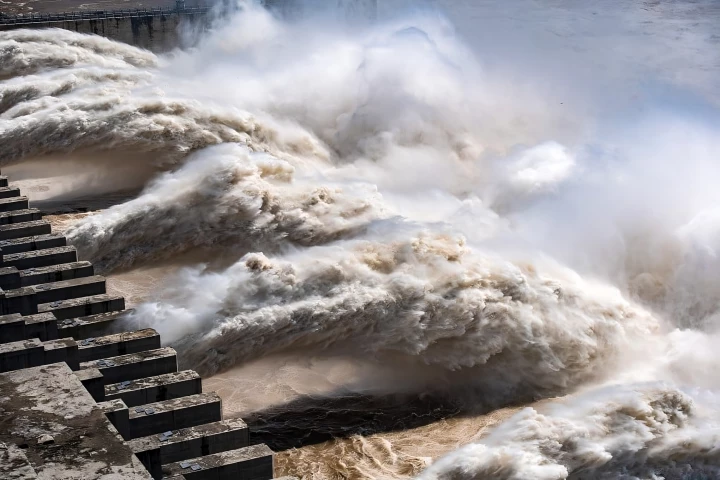While there’s evidence of volcanic activity in Mars’ ancient past, it was presumed to have been quiet for millions of years. But now, orbiters have spotted a large volcanic deposit that appears to be relatively fresh – only about 53,000 years old – which may lend weight to the idea that the Red Planet was recently, or still is, habitable for subsurface microbes.
Mars still bears the scars of its volcanic past. Its surface is dotted with what may be the remains of gigantic, extinct supervolcanoes, and evidence even suggests one of these erupted non-stop for 2 billion years. Generally though, it’s thought that Martian volcanism mostly occurred between about 3 and 4 billion years ago, and had all but died down in the last few million years – the odd, very faint marsquake notwithstanding.
But now, scientists have discovered a scar that appears to be far more recent. Spotted from orbit in a region called the Elysium Planitia, the feature is a dark deposit that measures 8 miles (12.9 km) wide, and surrounds a large fissure 20 miles (32.2 km) long. The team says it doesn’t look like anything else seen in the area, or anywhere else on Mars.
Judging by its layers relative to its surroundings, as well as the number of small craters within it, the team calculated its age to be around 53,000 years. It doesn’t seem to be the result of common lava flow eruptions, but a more explosive event driven by expanding gases, called a pyroclastic eruption.
"This feature overlies the surrounding lava flows and appears to be a relatively fresh and thin deposit of ash and rock, representing a different style of eruption than previously identified pyroclastic features," says David Horvath, lead author of the study. "This eruption could have spewed ash as high as 6 miles (9.7 km) into Mars' atmosphere. It is possible that these sorts of deposits were more common but have been eroded or buried.”
Interestingly, this potentially youngest volcanic eruption happens to be located just a few miles from a large impact crater that may also be the youngest on Mars. The team says that it’s possible that the two are connected.
"The ages of the eruption and the impact are indistinguishable, which raises the possibility, however speculative, that the impact actually triggered the volcanic eruption," says Pranabendu Moitra, co-author of the study.

The implications of such a recent volcanic eruption run deeper than just seismology. Volcanic activity could potentially support subsurface microbial life, by creating warmth and cycling nutrients through rocks. A recent study from Brown University found that Mars may have these favorable conditions today – and the new research lends weight to the idea.
"The interaction of ascending magma and the icy substrate of this region could have provided favorable conditions for microbial life fairly recently and raises the possibility of extant life in this region," says Horvath.
The research was published in the journal Icarus.
Source: University of Arizona




